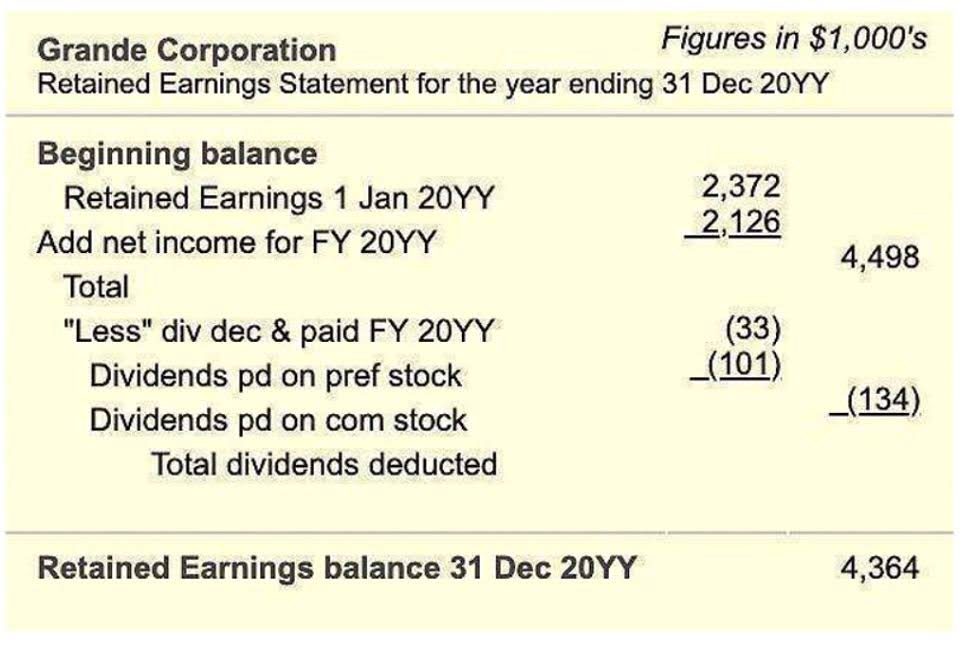
Maintaining accurate posting dates is crucial in maintaining accurate bookkeeping records. Accurate posting dates are crucial in maintaining precise bookkeeping records. Posting dates refer to the date when a transaction is recorded in the accounting system. It is essential to record transactions on the correct date to ensure that financial statements accurately reflect the financial status of the business.
- Debit and credit balances are to be entered into the general ledger as per the balance in the account.
- This date is crucial as it often determines the payment terms, such as net 30 or net 60, which specify the period within which the buyer must settle the invoice.
- Such scenarios can be particularly challenging for small businesses with limited access to external funding, making precise cash flow management even more critical.
- This date can differ from the invoice date due to various reasons, such as delays in processing or internal approval workflows.
- For low-volume transaction situations, entries are made directly into the general ledger, so there are no subledgers and therefore no need for posting.
- He is known for his pragmatic approach to fiscal policy and governance.
Do you already work with a financial advisor?

Postings can be made (1) at the time the transaction is journalized; (2) at the end of the day, week, or month; or (3) as each journal page is filled. When posting the general journal, the date used in the ledger accounts is the date the transaction was recorded in the journal, not the date the journal entry was posted to the ledger accounts. Ledger is the most important book of accounts and is also known as the principal book of accounts. It has accounts of all the heads and gives the summary of each account with the balances and totals at a glance to take business decisions. Therefore, to have this total and accurate information, all journal entries must be recorded virtual accountant in the ledger accounts of different accounts.

Business
Access to the subledgers and journals is then opened for the next accounting period. The challenge is further compounded by the need to maintain consistency across various financial systems. Many businesses use integrated accounting software to petty cash manage their financial data, but even the most sophisticated systems can struggle with date discrepancies. For example, an invoice might be issued and recorded in a sales ledger on one date but posted in the general ledger on another. This misalignment can lead to temporary imbalances in the accounts, requiring additional adjustments and reconciliations to correct.

Ask a Financial Professional Any Question
The form of conducted activity determines if it is a simplified accountancy system or full accounting compliant with the International Financial Reporting Standards (IFRS). It is essential to establish the value of tax due and provide the full information about the state of finance in the company. The PR column is traditionally located between the account description column and the debit column of the general journal.
- By recording transactions on the correct date, businesses can easily track their financial activities and identify any errors or discrepancies in their records.
- In the case of businesses run by freelancers or individuals that have small companies, the situation may be different.
- This would ensure that the revenue is reflected in your June financial statements, even though the work was done over a longer period of time.
- For example, if you’re billing a client for work done in May and June, you might use the June invoice date as the posting date for the transaction.
- The due date is important in determining the timing of the financial transaction, as it affects the cash flow and the financial statements.
- One of the main difference between journal entry and journal posting is “timing”, the journal entry is the next step to preparing vouchers, it immediately precedes journal posting.

This timing posted meaning in accounting discrepancy can also impact the company’s financial ratios, which are critical for assessing performance and making informed business decisions. Ratios such as the current ratio, quick ratio, and accounts receivable turnover rely on accurate and timely data. A delay in posting invoices can inflate or deflate these ratios, leading to misinterpretations of the company’s liquidity and operational efficiency. As we have discussed in previous sections, posting dates play a crucial role in accurate bookkeeping. However, proper posting dates not only ensure accurate bookkeeping but also have several benefits for financial management and analysis.
Step #3 – Enter the Name and Account in General Ledger with Details
Inaccurate posting dates can cause confusion and make it difficult to compare financial statements over time. Outside parties to the company look at the postings in the company’s accounting books, not the recordings, when making decisions. Investors, stockholders, financial-rating agencies and the Internal Revenue Service want to know the information posted in ledgers at the end of the fiscal quarter or year for various reasons. For example, investors want to see the income and liabilities you posted in the general ledger to evaluate the health of the company. Investors are not concerned with the information you recorded in your accounting journals. The accounting cycle involves updating, changing and verifying financial transactions during the course of business operations.

